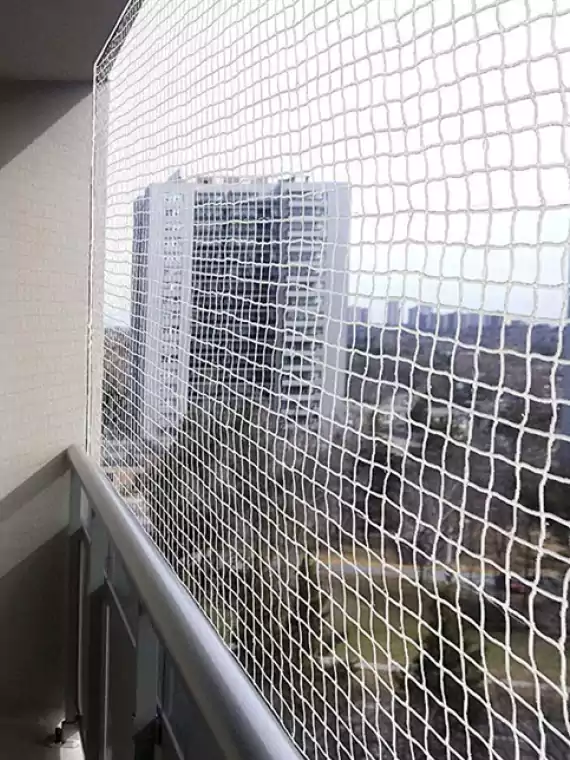HDPE Nets , Nylon Nets
MSK Safety Nets
HDPE Nets , Nylon Nets
When choosing safety nets, understanding the differences between High-Density Polyethylene (HDPE) nets and nylon nets is crucial. Both materials offer unique advantages and are suitable for various applications. Here’s a comprehensive comparison to help you make an informed decision.
+91 8867735308Why Choose Us?
Choosing the right provider ensures you get high-quality, reliable products tailored to your needs. Here’s why you should choose us:
- Expertise and Experience
- High-Quality Materials
- Professional Installation
- Customized Solutions
- Affordable Pricing
- Excellent Customer Service
What are Nylon Nets?
Nylon nets are made from nylon, a synthetic polymer known for its high strength, elasticity, and resistance to wear and tear. Nylon nets are commonly used in industries requiring high tensile strength and flexibility.
Advantages of Nylon Nets
High Strength:
Nylon nets are extremely strong and can handle heavy loads and high impact, making them ideal for safety applications.
Elasticity:
The flexibility of nylon allows these nets to absorb impacts better, reducing the risk of breakage.
Abrasion Resistance:
Nylon is highly resistant to abrasion, making these nets suitable for rugged applications.
Adaptability:
Nylon nets are suitable for a wide range of applications, from industrial safety to sports and marine use.
Long Lifespan:
With proper care, nylon nets can last a long time, providing reliable protection.
What are HDPE Nets?
HDPE nets are made from high-density polyethylene, a strong, durable, and lightweight plastic. These nets are commonly used in agriculture, construction, sports, and safety applications due to their robustness and resistance to environmental factors.
Advantages of HDPE Nets
Durability:
HDPE is highly resistant to UV rays, moisture, chemicals, and abrasion, ensuring long-lasting performance.
Lightweight:
Despite their strength, HDPE nets are lightweight, making them easy to handle and install.
Low Maintenance:
HDPE nets require minimal maintenance and are easy to clean, making them convenient for long-term use.
Versatility:
Suitable for various applications including agricultural protection, construction safety, sports nets, and debris containment.
Cost-Effective:
Typically more affordable than nylon, HDPE nets provide a cost-effective solution for many applications.


